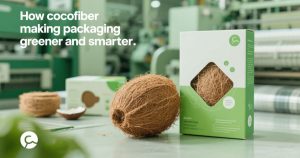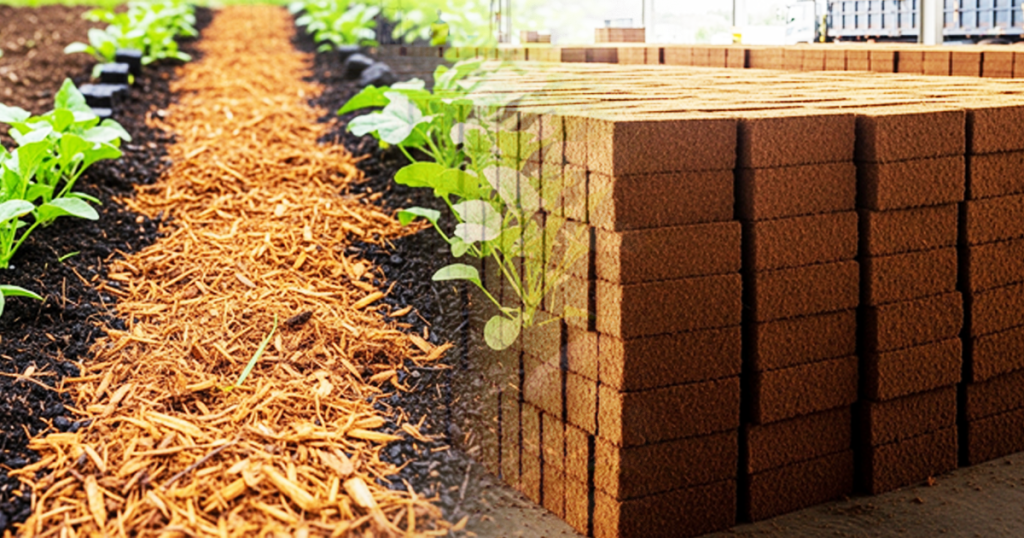A Researcher’s Perspective on a Sustainable Material
As a researcher who has spent years studying the byproducts of coconut processing, I’ve come to appreciate an unlikely hero in the world of sustainable materials: the humble coconut husk fiber. Commonly overlooked, this fibrous material scientifically known as coir is proving to be far more versatile than previously assumed.
From agriculture to construction, and even in cutting-edge bioengineering applications, coconut husk fiber is redefining what we consider “waste.”
From Agricultural Byproduct to Eco-Friendly Resource
Traditionally, coconut husks were treated as agricultural waste in many tropical countries. However, advancements in processing methods and an increasing global demand for sustainable products have shifted this narrative. Today, the fiber extracted from these husks is a valuable commodity.
Coir is primarily composed of lignin and cellulose, giving it both rigidity and flexibility. These properties make it suitable for diverse applications, particularly in areas where synthetic materials have dominated.
In my laboratory’s experiments, we have found that properly processed coconut fiber maintains durability under various environmental conditions, including high humidity and salinity attributes that are especially beneficial in agricultural settings.
Applications in Horticulture and Soil Conditioning
One of the most widespread uses of coconut husk fiber is in horticulture. Cocopeat, derived from the pith of the husk, is a growing medium that retains moisture while promoting aeration. It’s an excellent alternative to peat moss, which is harvested from finite bog ecosystems.
In controlled trials, plants grown in cocopeat exhibited improved root health and nutrient absorption. The fiber’s inherent resistance to fungal infections also gives it an edge in organic farming.
Furthermore, as cocopeat decomposes slowly, it provides a long-lasting solution for soil conditioning, particularly in arid and degraded lands.
A Natural Fiber for Industrial Innovation
Beyond horticulture, coir is emerging as a player in green manufacturing. In the automotive industry, for example, coconut fiber is now being used in seat cushions and interior panels as a biodegradable alternative to synthetic foams. When combined with natural latex, coir mats offer comparable durability and elasticity.
In civil engineering, composite panels made with coir have been tested as insulation and lightweight construction materials. Studies, including ours, have demonstrated that these panels have impressive thermal resistance and can effectively replace polystyrene-based insulators in eco-buildings.
Moreover, the acoustic insulation properties of compressed coir boards make them ideal for urban construction.
Environmental Benefits and Economic Potential
The environmental footprint of processing coconut husk fiber is minimal compared to synthetic alternatives. No harsh chemicals are required, and the process generates almost zero waste, as even the dust (used in cocopeat) and short fibers can be repurposed.
Economically, this fiber supports rural livelihoods. In countries like India, Indonesia, the Philippines, and Sri Lanka, community-based coir production units provide employment to thousands.
The growing interest from international markets adds further impetus for capacity building and technological enhancement in these regions.
Challenges and the Path Forward
Despite its numerous advantages, challenges remain. Quality control and standardization are ongoing concerns. Inconsistent fiber length and moisture content can affect the performance of coir-based products.
This is where research and development play a pivotal role.Our current work focuses on developing preprocessing protocols and low-cost machinery to ensure fiber uniformity.
Additionally, we are exploring bio-coatings that enhance coir’s resistance to UV and microbial degradation, thereby expanding its usability in outdoor applications.







